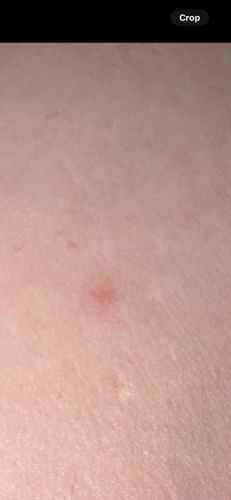Mosquito
Scientific Name: Various species within the Culicidae family (e.g., Aedes, Anopheles, Culex)
Order & Family: Diptera, Culicidae
Size: Typically 3 to 9 mm (0.12 to 0.35 inches) in length

Natural Habitat
Mosquitoes are found worldwide in various environments, but require standing water for their larval and pupal stages. This can include natural sources like puddles, swamps, and tree holes, or artificial containers like tires, flower pots, and gutters.
Diet & Feeding
Female mosquitoes feed on blood from humans and other animals (mammals, birds, reptiles, amphibians). Both male and female mosquitoes feed on nectar and plant juices for energy.
Behavior Patterns
Mosquitoes are most active during dawn and dusk, but some species can be active throughout the day or night. Only female mosquitoes bite, as they require blood meals for egg development. They use a combination of carbon dioxide, body heat, and chemicals to locate hosts. Males feed on nectar and plant juices.
Risks & Benefits
Risks: Mosquitoes are significant vectors for numerous diseases, including malaria, dengue fever, Zika virus, West Nile virus, chikungunya, and yellow fever, which can cause severe illness and death in humans. Their bites can also be itchy and cause localized allergic reactions. Benefits: Mosquitoes play a role as pollinators for some plants and serve as a food source for other animals (e.g., bats, birds, fish) in the ecosystem.
Identified on: 9/4/2025